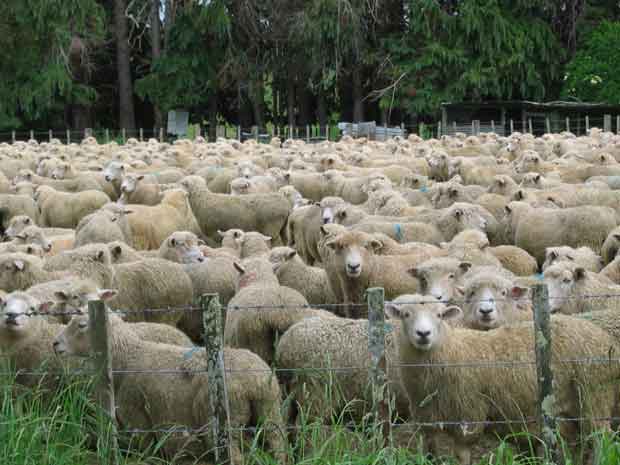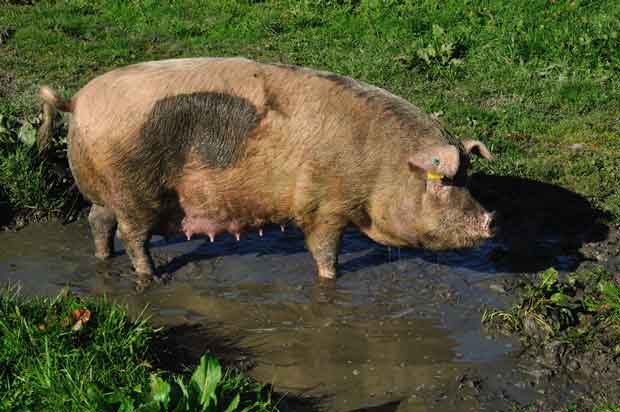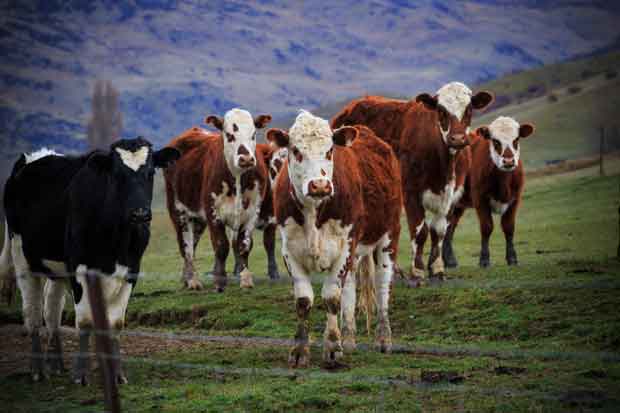Why your livestock can’t stop itching this winter

You probably think you can take break, now that the biting insects of summer are gone, but for your livestock, winter can be a very itchy and scratchy time.
Words: Nadene Hall
SHEEP
With thick wool, sheep can really suffer and lice can do damage to the wool and, in the case of bad infestations, even affect the growth of the sheep itself.
What to look for: it is very hard to see lice in wool but you will see signs that they are there. The most common strike areas are on longer wool, usually under the neck, on the shoulders, or on the flanks. Sheep infested with lice will look raggedy and wool may appear more yellow.
Symptoms: your sheep will be scratching, biting their fleece and rubbing on troughs and fences. They will be more prone to flystrike.
Treatment: Shearing is the first step, as this removes many lice and makes conditions less favourable for any left behind. Use a topical product for lice (that is usually applied down the back).

Lice are normally found on pigs around the neck, jowls, base of the ears and the inside of the legs. Photo: Dreamstime.
PIGS
No long winter coat, but pigs are still prone to lice. Fortunately for you, lice on pigs are host-specific, but you still need to help your pig out.
What to look for: look for creamy spots stuck to the hair of your pigs (the eggs). The lice themselves are quite large and brown and will move when you touch them. Usually found on the skin around the neck, jowls, base of the ears, inside of the legs and flanks
Symptoms: your poor pig will be scratching, usually by rubbing themselves on posts or wooden gates. Some bad infestations can drive a pig to actually hurt itself, so don’t let it get to this point.
Treatment: Inject with a drench that treats external parasites, or use a louse powder.

Lice are often more prevalent when cattle are in close contact with each other. Photo: Dreamstime.
CATTLE
Again winter is the most common time to find lice on adult cattle and calves. While adults will naturally lose lice when they shed their winter coat, younger animals are still at risk of catching lice from older animals.
What to look for: Lice are most commonly seen on the muzzle, neck, shoulders and the end of the tail, but can be very hard to spot, especially on black cattle. Hatched eggs can look like dandruff (or scurf). If you see anything, it’s most likely to be a biting louse (with a broad, flat head) or a sucking louse (with a narrow, pointed head).
Symptoms: Lice will be most prevalent when stock are in close contact with each other, in yards or while being break fed on paddocks and when feed is short. As with sheep and pigs, animals will be itchy and rubbing on fences and troughs to gain some relief.
Treatment: Wait until mid-winter to treat cattle as too early or too late and there will be enough warmth to give lice another life. Check with your vet for withholding periods and if a product is appropriate for younger animals – some aren’t.
Love this story? Subscribe now!
 This article first appeared in NZ Lifestyle Block Magazine.
This article first appeared in NZ Lifestyle Block Magazine.
